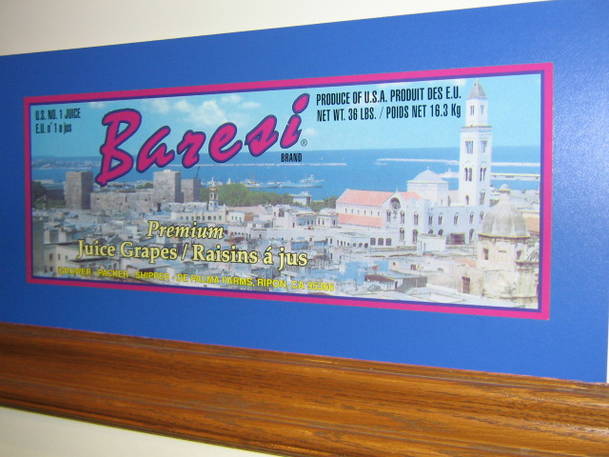


The connection between Italian immigrant farming and the development of some of California's most important agricultural areas is one of many under-studied sites.
The Western Regional Chapter of the American Italian Historical Association and Las Positas College in Livermore held the first of a series of programs on Italians’ relationship to the land and farming here in the Golden State. The one-day conference, held on April 19, focused on the Central Valley areas of Modesto, Madera, Stockton, and Fresno. It presented an opportunity to gather (listen and video record) first-person testimonial accounts of Italian American families’ histories.
The details of the stories are far too vast to begin to document here (some of the information may some day become part of the CIAP, the California Italian American Project). It was a validating experience for those who were given an opportunity to share their families’ stories of emigration from Italy and settlement in California.
At the same time, if woven together, the stories presented create a narrative history that is much broader and revealing than any one isolated account. A proper collection of these oral stories would reveal not only a specific history of Italian Americans in California, but also the history of
- the farming industry itself, its development in relation to mechanization and the effect that had on labor practices and community development. The role of the American Farmland Trust in relation to urban encroachment and the incorporation of eco-friendly farming techniques are some related issues.
- ancillary industries (especially those that particularly involved women) that developed because of farming. These include industrial canning and drying, but also more informal yard drying processes (that likewise translated in increased socio-economic mobility for families).
- the changing roles for Italian American men and women, in relation to their position in their families, their communities, and their jobs.
- immigration patterns. A mapping of the trans- and intra- national immigration histories of Italian farmers in California would demonstrate movement back and forth across the Atlantic, movement within the U.S., as well as to/from South America, including from spots that are less-talked about, like Cuba.
- how Italian Americans interacted with (in relation both to work and “private lives”) other immigrant groups. Quite rapidly, in most cases, Italian immigrants moved from sharecropping and day labor jobs, to being the bosses, and hiring other farm workers. It was rare that other Italians (beyond family) worked as farm hands. Migration from the American Southwest is important to consider here, as well as the Bracero Program.
Source URL: http://newsite.iitaly.org/magazine/focus/life-people/article/italian-farming-in-central-valley
Links
[1] http://newsite.iitaly.org/files/1763baresi1208829797jpg
[2] http://www.amazon.com/Working-People-California-Daniel-Cornford/dp/0520088654
[3] http://www.aiha-wrc.org/CIAP/index.html
[4] http://www.contracostatimes.com/news/ci_8756017
[5] http://www.aiha-wrc.org/